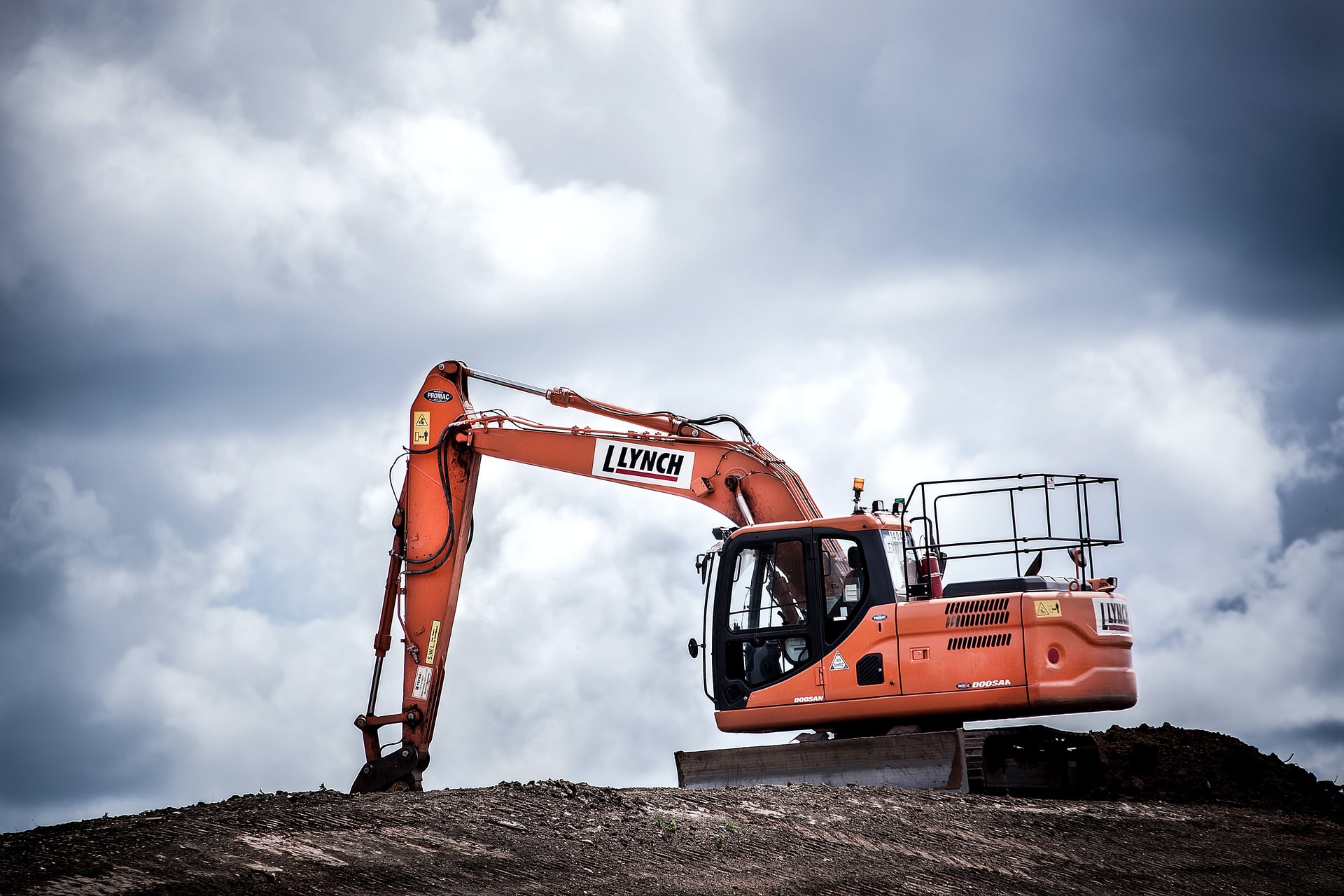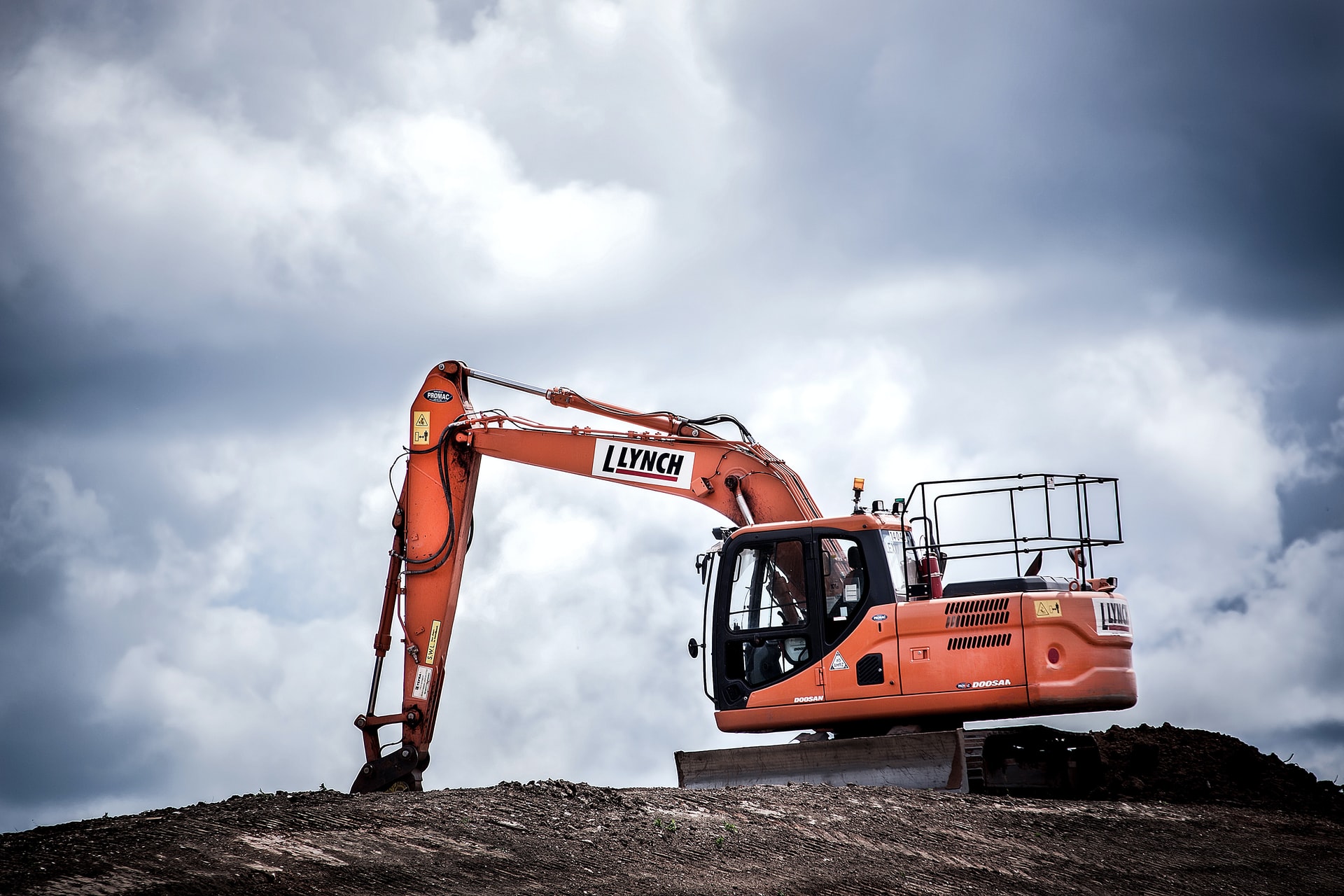How Robotics Can Help the Construction Labor Shortage
Aug 12, 2021 By Natalia Galvis
By Evelyn Long Photo by Luke Besley on Unsplash
Photo by Luke Besley on Unsplash
The current labor shortage facing the construction industry raises questions about whether or not projects will be halted. How can projects get done if there aren’t enough workers to complete daily tasks?
Without enough employees, construction companies will only be able to complete a limited number of projects, which leads to a decrease in potential revenue. It’s crucial to address the labor shortage to find viable solutions.
One emerging trend is the automation of standard construction processes. The construction industry has fallen a bit behind in the world of automation. However, more and more industries are implementing artificial intelligence (AI) and machine learning (ML) into their operations, increasing productivity and efficiency.
Automation offers many benefits, and industries are becoming more aware of applications for the new technology. No matter the industry, there’s value in using automation, and it’s likely that the construction industry will also benefit greatly from it.
Below are some of the ways robotics and the latest technology will help the construction industry recover from a hampering labor shortage.
Why Is There a Labor Shortage in Construction?
The construction industry’s widespread labor shortage has been going on for quite some time. The COVID-19 pandemic put even more pressure on construction workers to complete projects promptly.
Some industry leaders believe trade work is being devalued in the U.S. education system. Many people opt to go to college and earn a degree, discouraged from pursuing reliable and well-paying work in construction or contracting fields even if the work would be a good fit for their skills and interests. A bottleneck of qualified talent makes it challenging for companies to find new employees as their construction businesses grow.
According to a survey conducted by the Associated General Contractors of America (ACG), 72% of construction firms fear labor shortages will be a significant obstacle to overcome in the next few years. Exploring the world of robotics and how they can be applied to the construction industry is one way to alleviate the pressures associated with the ongoing construction labor shortage.
Combining Automation and Construction
There are various trends that will serve as disruptors to the traditional construction process, whether it’s off-site prefabrication or the transition to building more sustainably. When it comes to automation, it’s clear that construction will follow the manufacturing industry’s lead.
Manufacturing has already deployed robotics to help assist existing employees with repetitive, manual labor. This gives factory workers and managers more time to spend on important tasks and even helps create a safer working environment.
Because construction involves a plethora of repetitive and mundane tasks, there’s plenty of applications for robotics within the workplace. Whether it’s excavating or transporting materials, autonomous vehicles are slowly becoming commonplace in construction.
One company reaping the benefits of robotics is Canvas. This company built a robot that uses AI and is capable of drywalling. The best part? The quality of the drywalling isn’t compromised — it’s almost as if a skilled human worker did the job.
Penn State Engineering is also working to create feasible solutions for common construction obstacles. For example, here are some of the future applications they claim will arrive in the industry shortly:
- AI heavy machines
- Unmanned terrestrial and aerial vehicles
- Self-optimizing collaborative robots
In addition to being autonomous, this advanced technology can lessen the risk of human injury on a worksite. When robots do the heavy lifting, human employees are less likely to experience minor and severe injuries alike. Although damaging the technology due to an accident may be costly, protecting humans should be a top priority for site managers and employees themselves.
Replacing Labor vs. Augmenting Labor
Some individuals in the construction industry fear that robotics will take over the workforce and make it challenging for skilled workers to find jobs. However, because of the labor shortage, it’s unlikely that will happen.
The goal of using robots in construction is to augment human labor and make jobs easier — robotics will complement the existing construction processes.
Although robotics serves as a significant disruptor to the industry, companies must be willing to experiment with this advanced technology. The benefits certainly outweigh the risks and can truly transform the industry on a wide scale.
Robots Solving the Construction Labor Shortage
It’s crucial to address the ongoing labor shortage facing the construction industry. When construction companies fail to meet their project deadlines, other projects get pushed back and create a domino effect. To effectively complete tasks and solve the labor shortage issue, construction companies must adopt new robotic technologies.
Discover more about Business and Robots with RobotLAB!

About the Author
Evelyn Long is the editor-in-chief of Renovated and a writer with experience covering green technology and construction for publishers like NCCER and BUILD.















.webp?width=124&height=124&name=image%20(1).webp)
.webp?width=169&height=87&name=image%20(2).webp)



































